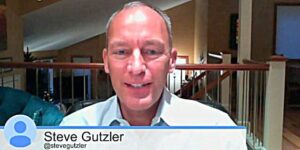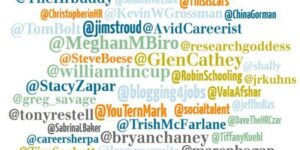
5 Ways to Earn Trust: The Ultimate Competitive Advantage
Are you looking for that leadership silver bullet that will propel you past the competition? You can take public speaking courses and enroll in an

Are you looking for that leadership silver bullet that will propel you past the competition? You can take public speaking courses and enroll in an
In the late 19th Century, British historian, Lord Acton, famously asserted that “power corrupts.” And we surely needn’t look too deeply within business, politics and
In the age-old question regarding what traits make a leader, likeability is commonly listed. However, as Charlie Brown (and research) shows, your team’s affection may
Influence is everywhere: we’re in the midst of an election displaying the best and worst. Have at it, talented people, enjoy the show. Meanwhile, from
During today’s final #TChat show and before we transition to #WorkTrends next week, we discussed how to manage through influence. #TChat Show co-founders and co-hosts
The TalentCulture #TChat Show is back live on Wednesday, February 3, 2016, from 1-2 pm ET (10-11 am PT). Last week we talked about how

The social era is creating a whole new level of opportunity for business and personal brands. Are you making the most of it?

What does it take to be a leader others actually want to follow? Here are 5 ways any aspiring leader can move in the right direction

Emotional intelligence is much more than a “soft skills” buzzword. It’s a leadership essential at today’s most successful companies. How can it work for you? Let’s discuss!

What does it take to influence others on social media? An analysis of top recruiting influencers reveals some helpful answers

What does it really mean to be a social influencer? And what does that imply for business and HR leaders? #TChat speaks

Social media is redefining influence in all respects. What does this mean for employer and personal brands? Let’s talk about it…

Twitter. For recruiters, it’s now a hot spot — not only for talent acquisition, but also for professional development. Who’s leading this social learning movement?
The only reason one has influence over another is because another acknowledges it, recognizes the existence of it. But even that’s not enough. One has
How old are you? (Did I really just ask that question?) But seriously, do age differences in the workplace make a difference in your world – for better or worse?